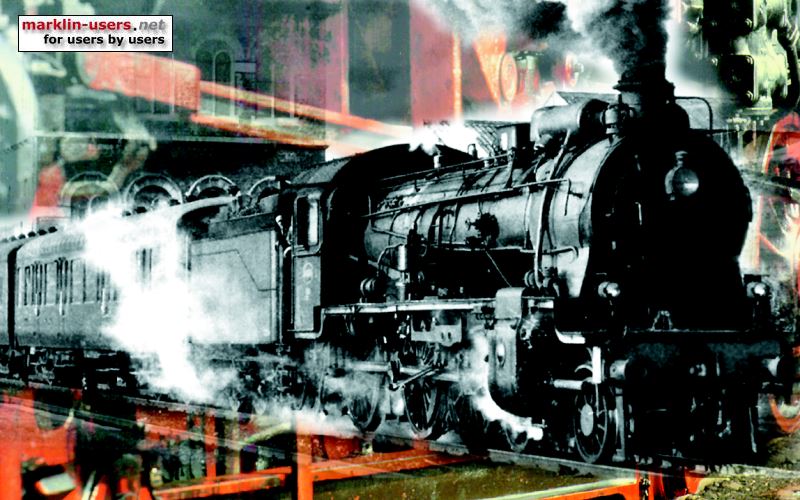|
|
Wurlitzer X7 Jukebox
45 rpm Jukebox from 1978
.jpg)
In 2005, Joanne treated me to a wonderful surprise, an original Wurlitzer X7 Jukebox.
She had it shipped all the way up from the South Island where it had been in a pub. I'd always wanted a Jukebox and with a reasonably large collection of 45's from my childhood and teenage years it was a perfect match.
We had an initial hiccup when it first arrived because the seller did not send the keys for it, and despite repeated promises they never eventuated. It would not operate when first turned on but noises could be heard from the internal mechanism. We even got a qualified locksmith friend around and he was still unable to 'pick' the lock of this baby.
I did manage to get into it eventually after some fiddling and poking. The main problem turned out to be a drive spring that had come adrift from the carousel, and once the spring was refitted away she went.
It was in pretty good shape for it's age, a bit dusty and of course the expected 'pub grime' but that was going to be all part of the fun getting it as close to original again and working well.
One of the first things I noticed was the lights for the Selection Play panel. Many of them were not working at all. Normally the currently playing track is indicated by a red light for the corresponding row of buttons and as the carousel rotates, each light will come on in turn. By fluke chance, the lamps used in the control panel happened to be identical to lamps that had been used in the last version of IBM's Selectric Typewriter and I had a bunch of them left in my spare parts. I was able to get about half the defective ones replaced, the rest I got from The Lightbulb Man in Boulcott St (I doubt there is any unusual lamp he cannot get).
At the time I got the machine I was very lucky that Wurlitzer were still operating an Australian office in Bankstown, Sydney, (alas that office is now closed down). They were able to supply me with an original key for the cabinet but not for the Coin Box. As it turned out, the coin-box lock was easier to circumvent than the main cabinet.
I've also since obtained a copy of the service manual and the original brochure which all adds to the overall fun of it. It did come loaded with records, some of which were ok but the idea really is to play some of my own.
It's a great machine for a party but really needs a solid floor as any vibration from dancing etc is easily transmitted into the unit causing skipping.
Unlike many jukeboxes, this one does not require the center of the records to be punched out for an oversized hub. Even though you can get centre hubs to push back into records I just could not do that to mine and this machine means I can play mine just as they are.
The carousel is designed to hold up to 80 individual records, which gives you a total of 160 selectable tracks. Unfortunately as anyone who has been into collecting 45's will know, more often than not you get the 'hit' on the 'A' side, and often an unknown song on the 'B' side. With very popular or prolific artists such as The Beatles, Beach Boys etc etc quite often both sides will be well known.
It is also possible to get so-called 'double-A-sided' records - these are often custom pressings specifically for Jukeboxes and DJ's (back in the day) and I have a couple of them myself but otherwise you run the risk of only really having around a half of your available songs worth listening to. With this in mind I tried some experimenting and have found that I can quite reliably get two records, back to back in the same slot. By doing this you wouold have the unwanted 'B' sides facing each other and two good 'A' sides which could even be from totally different artists.
I did wonder about whether the additional weight on the carousel might cause some problems but this is a pretty solidly built machine and I cannot see any likely problems as far as the loading weight goes. The main problem with doing this however is getting a match of records that won't slip against each other.
Many of my 45's have a ribbed ring around the center of the record just at the edge of the paper label. The idea of this is for automatic record changers, these are the older style turntables where there is a tall center spindle onto which you can load around 5-10 records, and as each one plays the next one is automatically dropped down onto the turntable. The ribbed ring enables the records to grip together and prevent slipping but not all records are pressed this way.
I have not really looked at ways to overcome this on records that don't have it but I'm sure there would be a simple solution that does not involve any damage to the record itself.
Below are some images of my X7, I did have a number more as well as video of the machanism in operation but they were on a laptop drive which got fried before I did a backup and I now need to wait until the machine comes out of storage before I can take any more.
FRONT VIEW
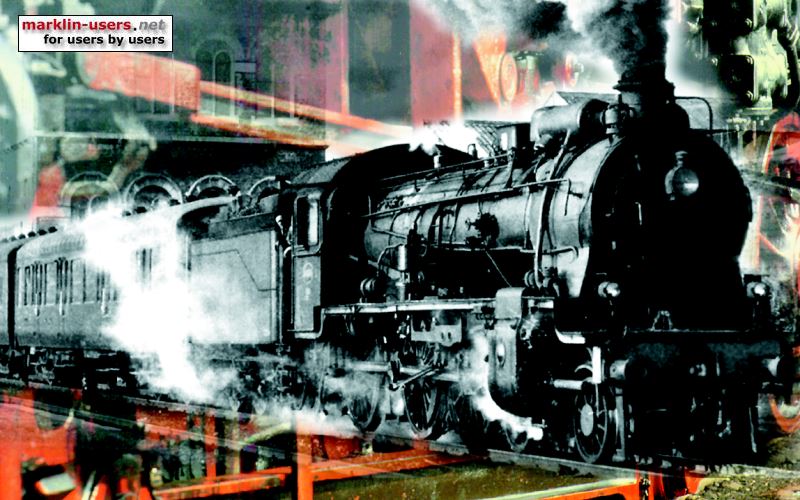
INTERIOR
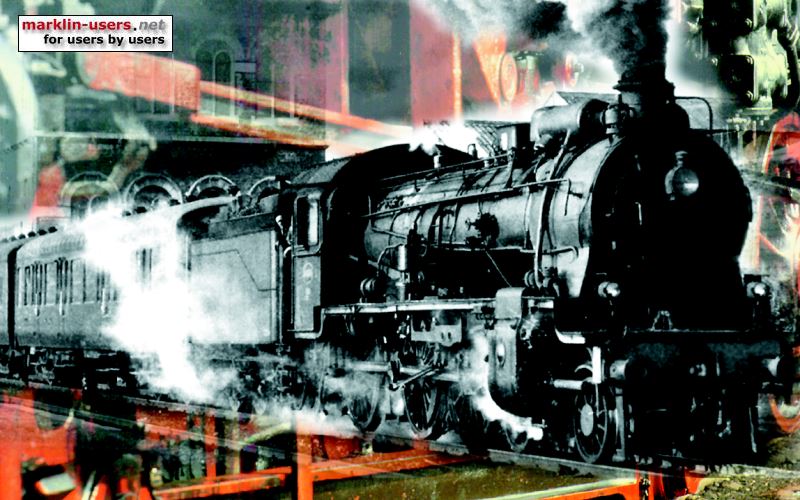
CAROUSEL AND SELECTOR
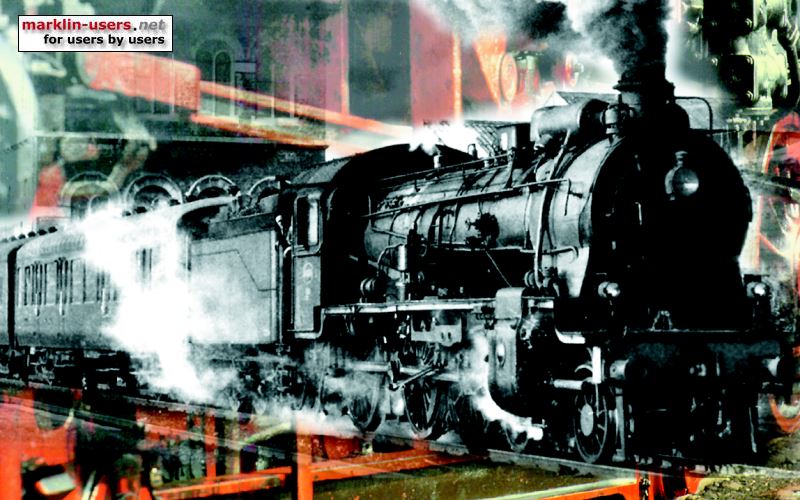
The disc on the top is the counter to track the number of times each record is played - you set the orange markers to the center position and each time the corresponding record is played, the selector arm moves the marker out one step. This allows the owner to ensure the most popular titles are loaded and keep those coins coming.
TURNTABLE AND TONE ARM
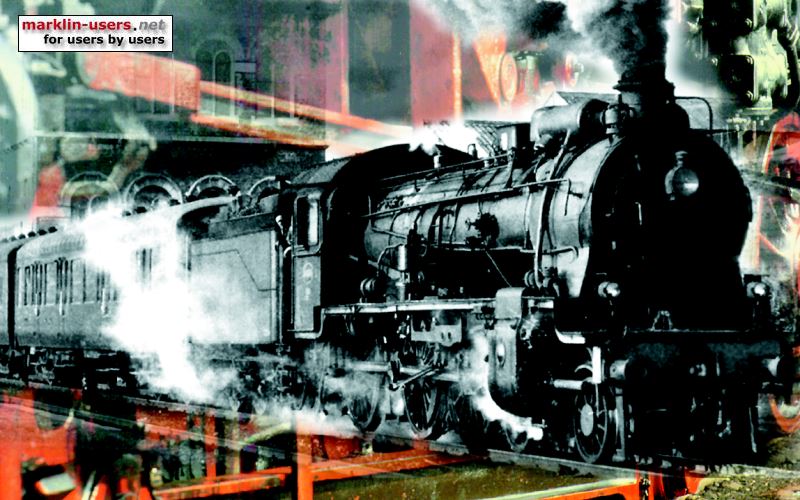
THE MACHINE ILLUMINATED - THE EFFECT IN A DARKENED ROOM IS QUITE SOMETHING
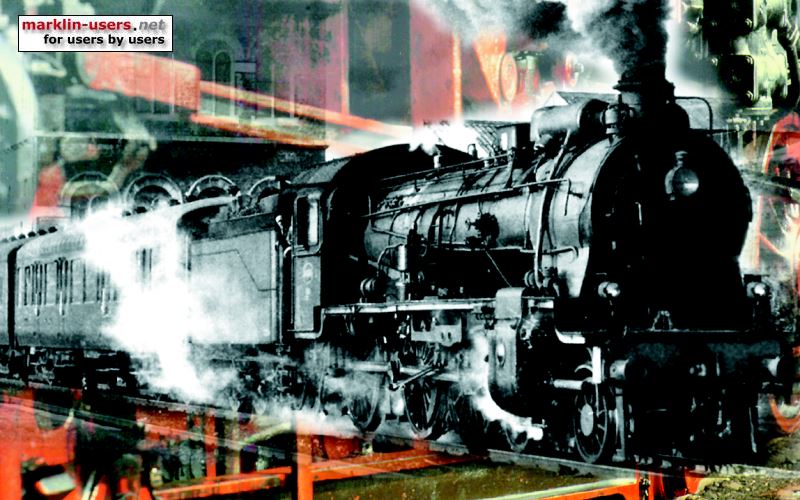
(Yep, I wish I'd pulled the curtains aside too as they kind of clash)
SCAN OF ORIGINAL BROCHURE AND DETAILS FOR THE MACHINE
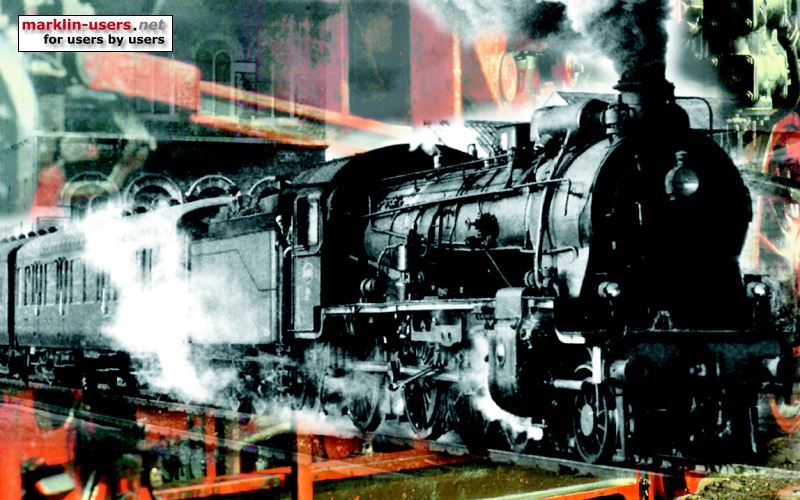
For those interested, there is an active Yahoo Wurlitzer Group here that covers a wide range of machines and topics.
